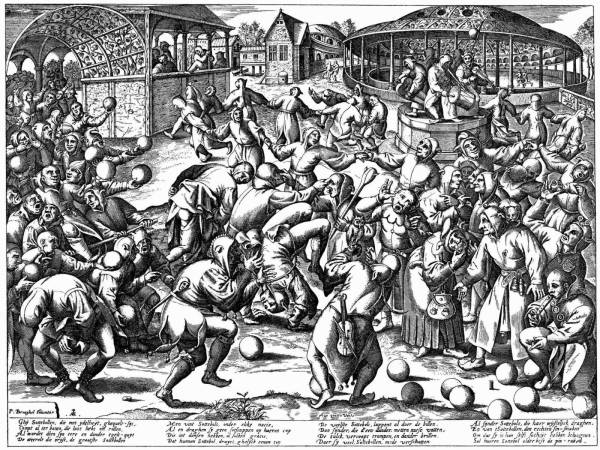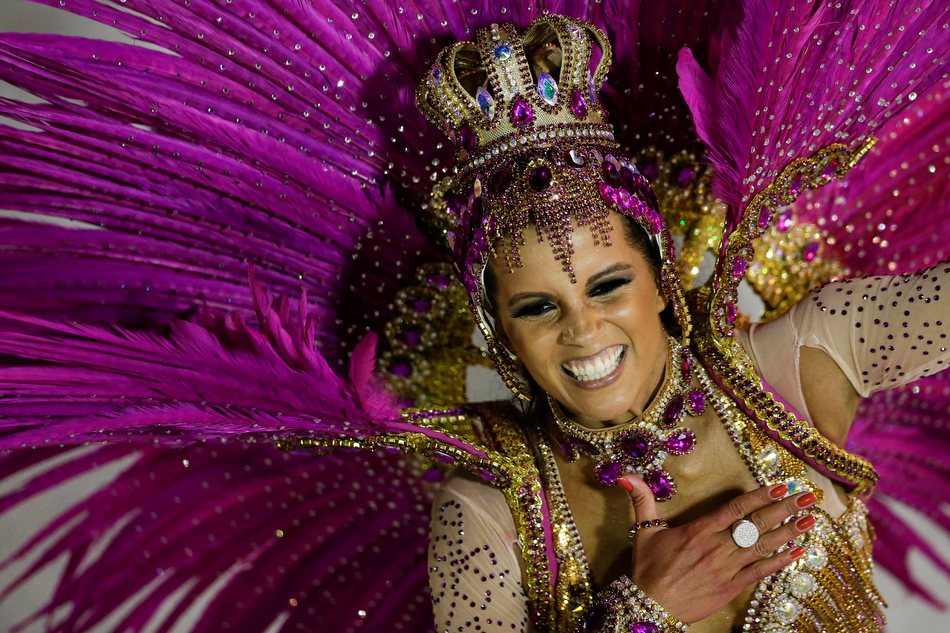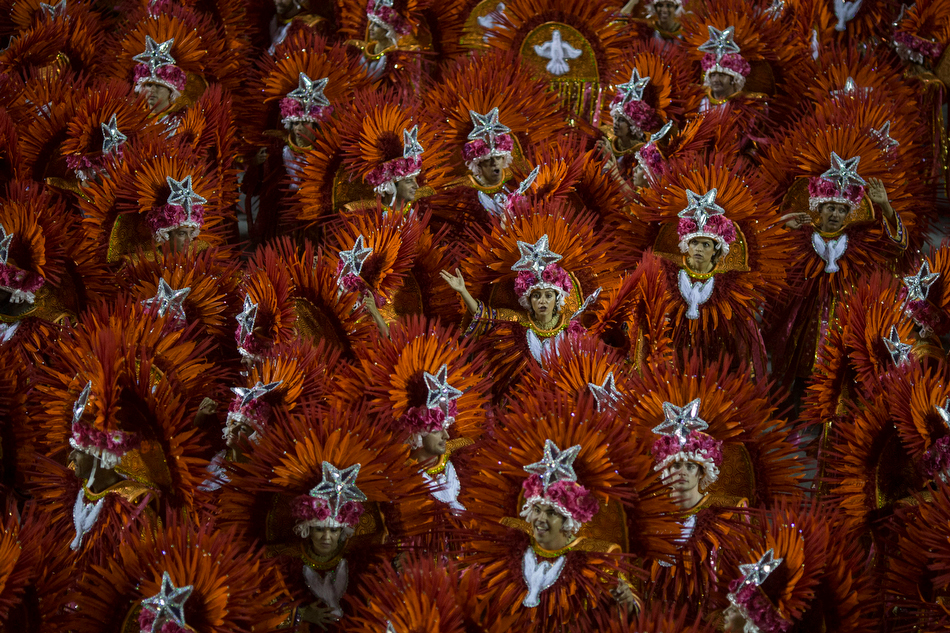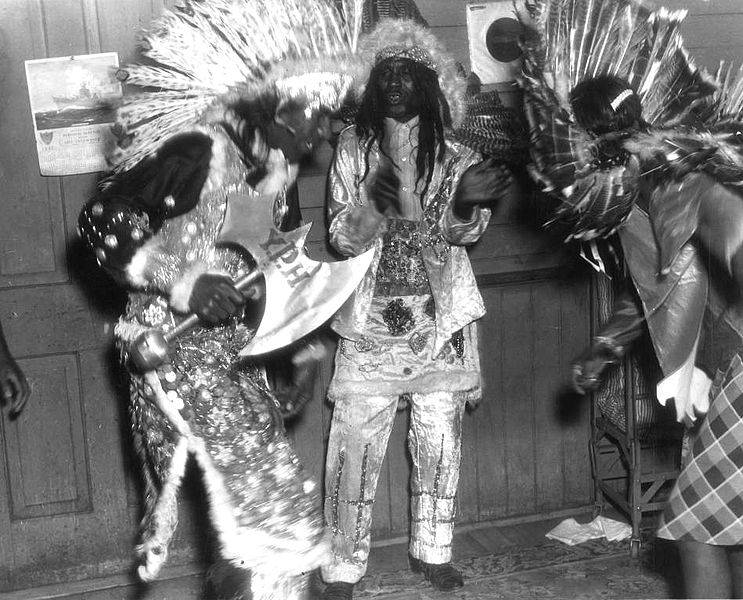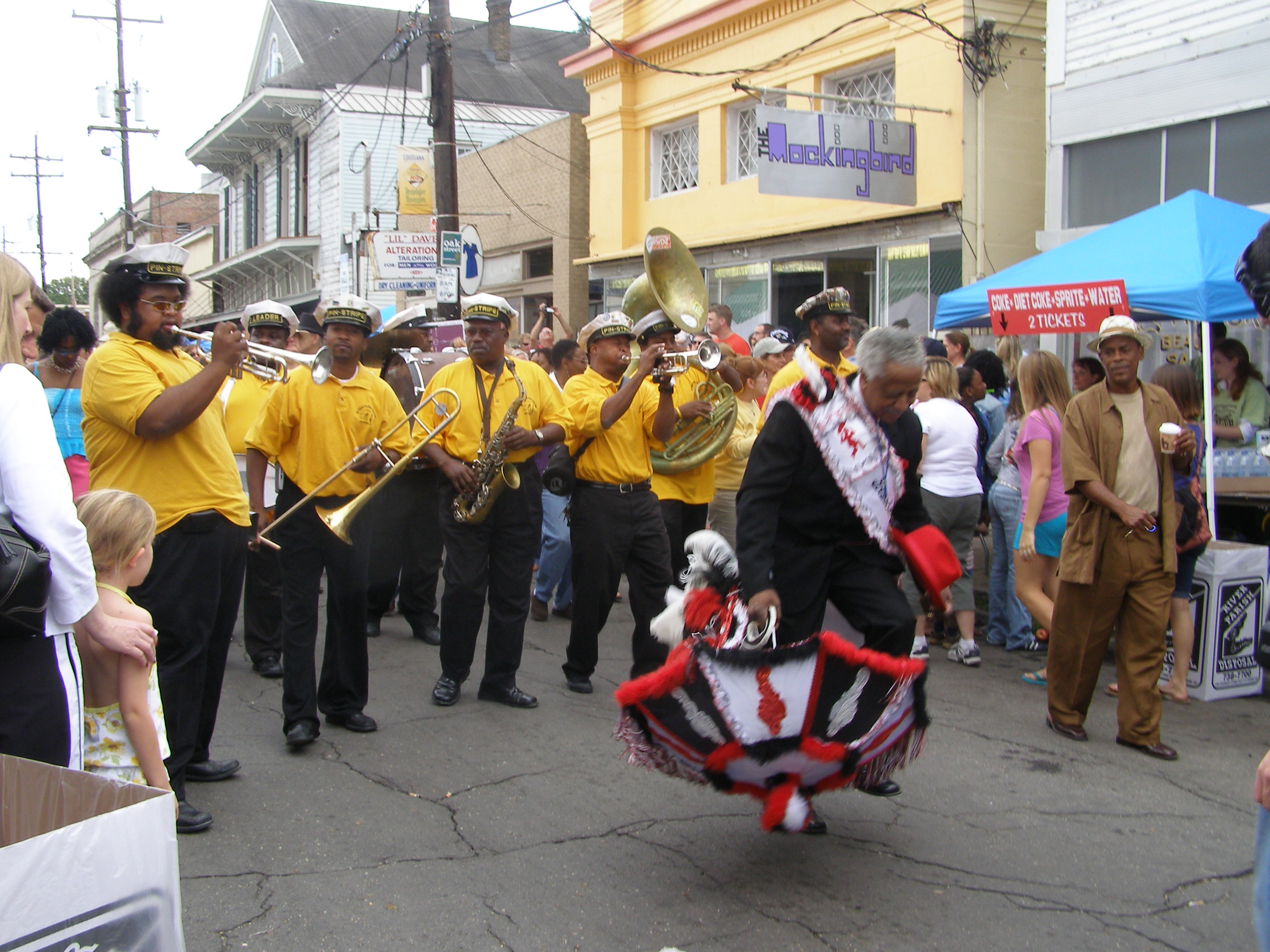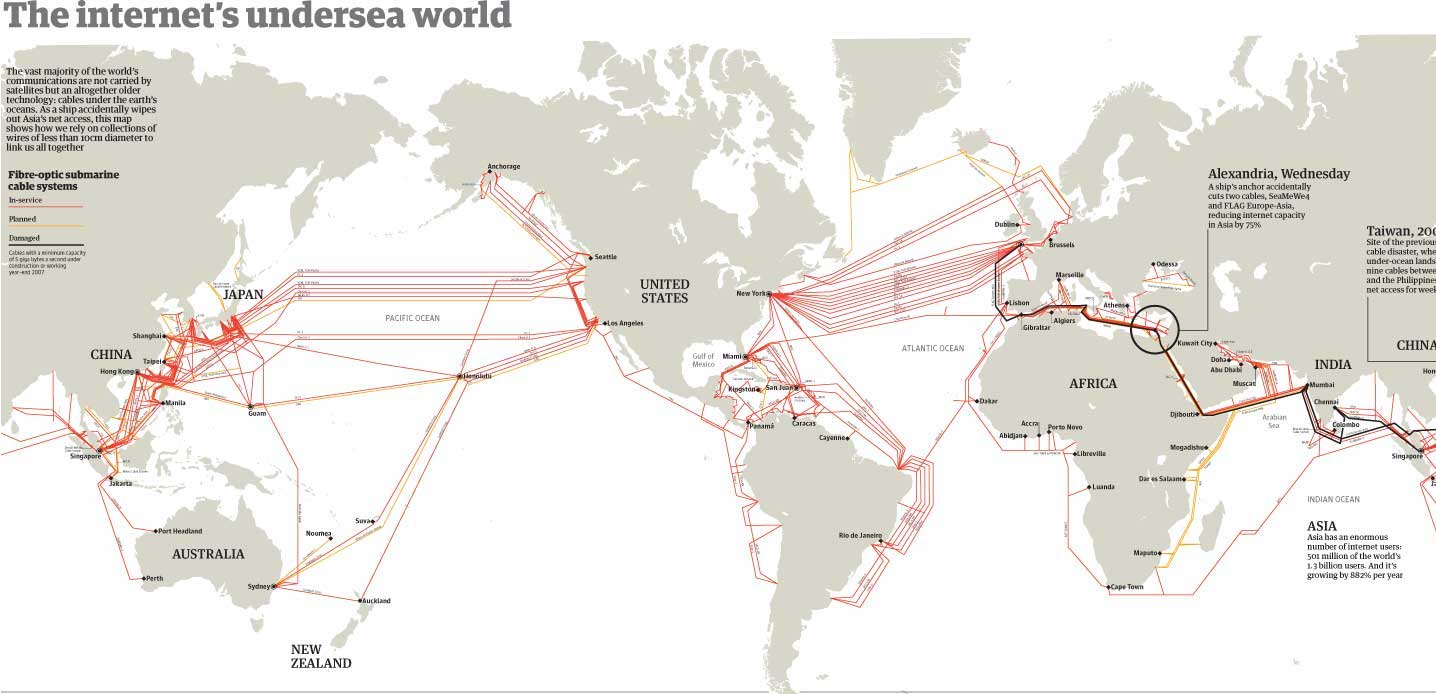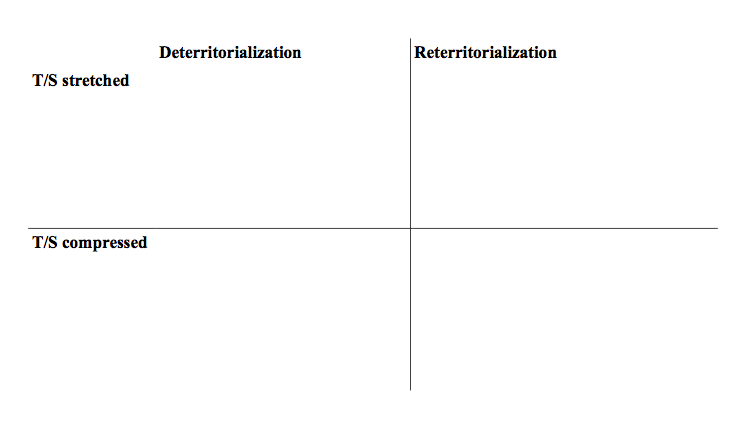Table of Contents
Mardi Gras: Made in China
Mardi Gras: Made in China
Ryan Schram
Mills 169 (A26)
ryan.schram@sydney.edu.au
Monday and Wednesday, August 17 and 19, 2015
Available at http://anthro.rschram.org/1002/4.0
Key words for the week
Basically what I hope to introduce this week are:
- Deterritorialization
- Time-space compression
as handy words for describing what's interesting about the global economic system.
Carnival
Pieter Bruegel, 16th cent. engraver, The Feast of Fools.
A classic rite of inversion: black is white, right is wrong, social hierarchies turned upside down, violins played incorrectly, presided over by a Lord of Misrule.
Carnival in Rio
Carnival in Rio
New Orleans
New Orleans
New Orleans
But
Most people who come to Mardi Gras come as tourists. They don't really have to know where it all comes from. For them, Mardi Gras is about having a good time.
Now let's watch the first part of Mardi Gras: Made in China.
Talk about it
Turn to the people next to you and talk for a minute about your reactions to the film so far. What do you think? What is the perspective of the filmmaker? Is this persuasive? What do you want to know more about?
Take note
Who makes the beads of Mardi Gras
- Poor, rural-born, young women
Why them?
What their employers say:
- This is a step up for them
- They want to improve their lives, help their families and escape the countryside
- They are hard workers
- They are obedient
Interpretations
One view of globalization is that the world is coming together, becoming closer. Everyone will contribute to, and benefit from, a single economic system.
Another view, the view of the film-maker, is that global commodity chains actually create greater distance between societies. Through global markets, the world is becoming reorganized into a division of labor which is very unequal.
Connected?
Near or far?
David Harvey (1990), a geographer, argues that time-space compression is a defining feature of globalization. Thanks to technologies of transport and information, every place in the world is close to every other place.
He and others point out that this means that events in far off places can have effects all around the world.
Anthony Giddens (1981), a sociologist, reads the same facts in a completely different way. He argues that globalization is defined by time-space distanciation. Economic integration means that forces beyond one person or one group's control can structure how they live.
Bridges or borders?
- Deterritorialization: Social systems are not limited to one specific place.
- Reterritorialization: Global commodity chains create new social systems, new “spaces,” in which people live their lives.
Importantly, both aspects show that we need to grasp the social rules and institutions in order to understand how a global order is created and maintained.
Four kinds
It's good to wantok
What's next
The next week's lecture will introduce a key concept in anthropology: the gift. Through this concept, the conflicts and contradictions of globalization will be thrown into a new light.
References
Anonymous. 1942. Indians of Yellow Pocahontas with Chief at Residence of Chief Paul Joseph in New Orleans Louisiana during Mardi Gras in 1942. Louisiana Works Progress Administration Collection. Accessed June 27, 2014. http://louisdl.louislibraries.org/cgi-bin/queryresults.exe?&CISOROOT1=/LWP&CISOFIELD1=object&CISOBOX1=wp003427.
Anonymous. 1970. Mardi Gras Indians Perform at the First Annual Jazz and Heritage Festival in New Orleans Louisiana in 1970 . State Library of Louisiana Historic Photograph Collection. Accessed June 27, 2014. http://louisdl.louislibraries.org/cdm/singleitem/collection/LHP/id/7134/rec/11.
Anonymous. 2008. “The Internet’s Undersea World.” The Guardian, February 1. http://image.guardian.co.uk/sys-files/Guardian/documents/2008/02/01/SEA_CABLES_010208.pdf.
Apricot, Karen. 2007. “Po-Boy Fest Second Line, New Orleans.” Flickr: Po Boy Fest. Accessed June 27, 2014. http://commons.wikimedia.org/wiki/File:Po_Boy_Fest_Second_Line_Mockingbird.jpg.
Breugel, Pieter. ca. 1570. “The Festival of Fools.” Permanent Collection. The Museum of Fine Arts Boston. Accessed June 30, 2014. http://www.mfa.org/collections/object/the-festival-of-fools-514556.
Dana, Felipe. 2014. Rio's 2014 Carnival. Accessed June 27, 2014. http://www.felipedana.com.br/
Giddens, Anthony. 1981. “Time-Space Distanciation and the Generation of Power”. In A Contemporary Critique of Historical Materialism: Power, Property and the State, pp. 90–108. London: Macmillan.
Harvey, David. 1990. The Condition of Postmodernity: An Enquiry into the Origins of Cultural Change. Cambridge, Mass.: Blackwell.
A Word from Our Sponsor
The Faculty of Arts and Social Sciences invites you to Study Hall for First Years:
- Connect with your peers
- Meet academic staff, Faculty Liaison Librarians and Writing Hub scholars
- Ask questions about your course and subject choices
- Learn about about support and academic services on campus.
Come along for 10 minutes and enjoy the refreshments or stay for the whole session to make the most of the in-person advice or to use the space for quiet study. Bring along work-in-progress or assessment feedback for further discussion with an academic advisor.
Find out more about each session at: http://facebook.com/ArtsNetworkMentoringProgram/events
Send us an email: Arts.Network@sydney.edu.au
Study Hall Details:
Wednesdays in Weeks 2, 4, 6, 8, 10, 12 and 13, 12:00pm - 3:00pm
Level 2, Exhibition Space, Fisher Library
Free refreshments – See you there!

